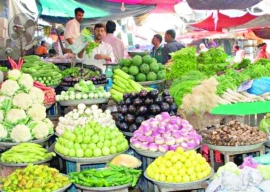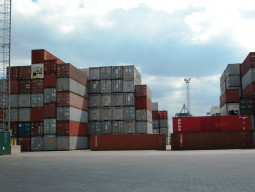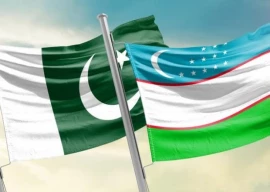
He added that this will ensure the availability of more exportable surplus to fetch precious foreign exchange, increase the profitability of the growers and ensuring food security.
At present, around 50,000-60,000 plants of rice are sown manually in an acre in the country, while using a transplanter can take this number to 100,000 plants an acre, he added. This way, Pakistan can increase basmati rice production by another 20% without bringing more arable land under rice cultivation, said Naeem.
Tackling emerging threat to rice in Pakistan
Similarly, if the land is leveled by the use of laser land leveling, we can ensure saving of 30% of the water in rice cultivation besides saving the fertilisers, pesticides and other nutrients. This will bring down the cost of sowing adding to the profits of the growers, the official remarked.
He said that using rice harvesters can help to control the post-harvest losses, which account for 10% of the total crop at present.
‘’World overuse of harvester is being encouraged whereas in Pakistan, mostly the paddy is cut using wheat harvesters which produce more broken paddy and farmers lose money.”
Citing an example, he said 1% of additional damage to paddy reduces the export price by $10 to a ton and you can multiply this to millions of tons of paddy. “If implemented this saving will be a great addition,’’ Naeem claimed.
“Less than 10% of paddy harvest is mechanically dried and we need to incentivise the industry that uses mechanical dryers for paddy drying.”
Recent spell of rains: a blessing for rice farmers
He said that almost 10% of the crop is damaged due to lack of drying facility, adding, “By this method, we can have surplus grain worth $250 million to export.”
The unavailability of low mark-up funds is considered as another impediment for rice exports. “If funds are not available on priority, we will lose out our competitiveness and will miss the target of $2.5 billion for this year,” Naeem said.
Demand-driven research is the only workable solution as proven elsewhere in the world many times, he added.
If all these measures are handled on priority, we may be able to double exports to $5 billion in the next three years.
Published in The Express Tribune, November 9th, 2019.
Like Business on Facebook, follow @TribuneBiz on Twitter to stay informed and join in the conversation.


















COMMENTS
Comments are moderated and generally will be posted if they are on-topic and not abusive.
For more information, please see our Comments FAQ